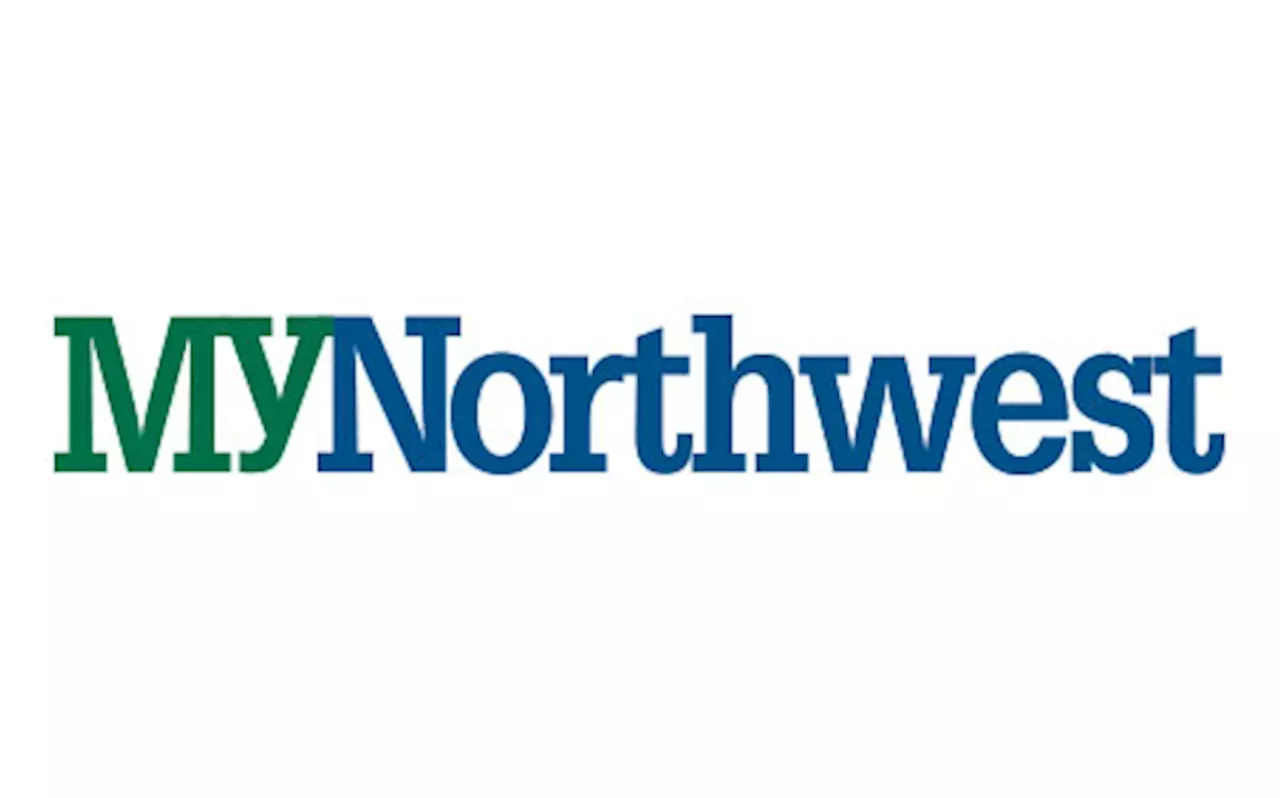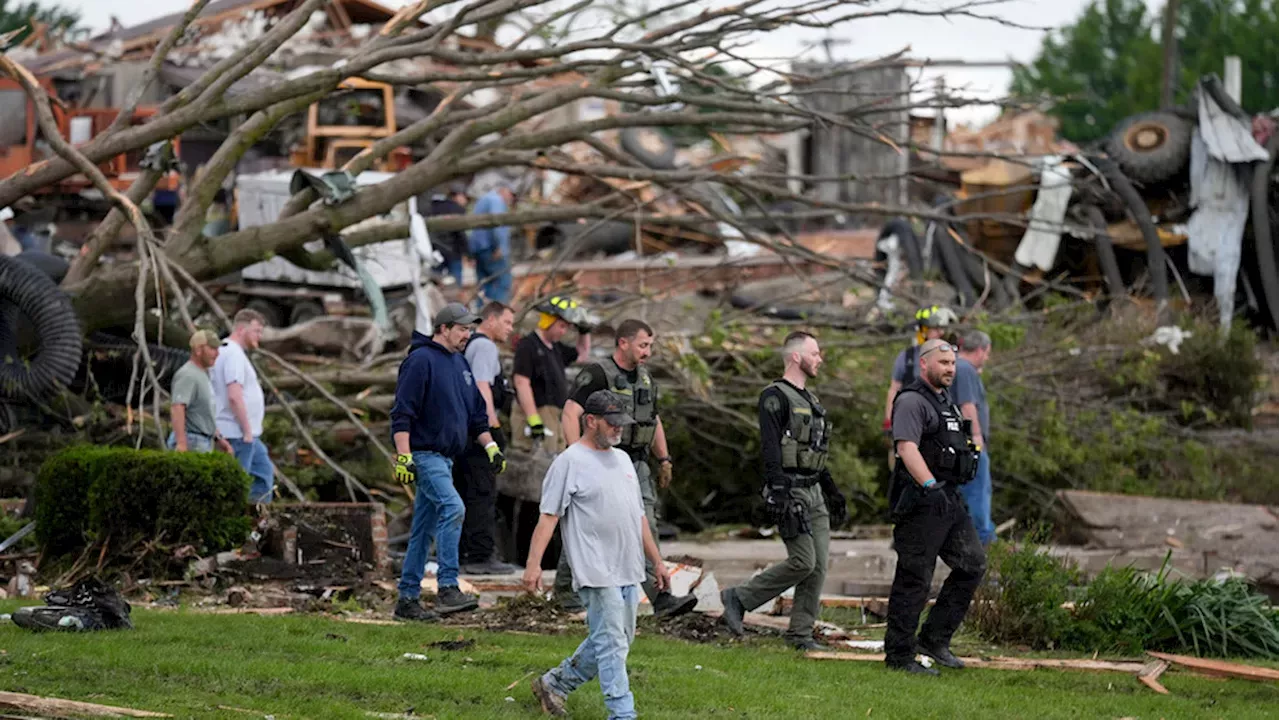Tornado Damage Overview: Greenfield Ia Tornado Damage
Greenfield ia tornado damage – Greenfield, Iowa, has a long history of tornado activity. The most recent tornado to hit Greenfield was an EF2 tornado that touched down on May 15, 2023. The tornado caused significant damage to the town, including destroying several homes and businesses.
The destructive power of the greenfield ia tornado damage left a trail of devastation in its wake. Its impact on the community was profound, with homes and businesses reduced to rubble. As the community struggles to rebuild, they can find solace in the greenfield tornado relief efforts underway, providing much-needed support during this challenging time.
In addition to the May 15, 2023 tornado, Greenfield has been hit by several other tornadoes in recent years. In 2018, an EF1 tornado caused damage to several homes and businesses in the town. In 2016, an EF2 tornado caused significant damage to the town, including destroying several homes and businesses.
Greenfield, Iowa, is reeling from the aftermath of a devastating tornado that tore through the town yesterday. The twister caused widespread damage, leaving many homes and businesses destroyed. The community is now coming together to help those affected by the storm.
For more information on the tornado and the relief efforts underway, please visit tornado in iowa today . The National Weather Service has issued a tornado watch for much of Iowa today, so residents are urged to stay weather aware and take precautions if necessary.
Back in Greenfield, the cleanup and recovery process is expected to take weeks or even months.
Tornado Statistics
According to the National Weather Service, there have been 10 tornadoes reported in Greenfield since 1950. Of these tornadoes, 6 have been rated EF2 or higher. The most intense tornado to hit Greenfield was an EF3 tornado that occurred in 1974. This tornado caused significant damage to the town, including destroying several homes and businesses.
Greenfield, Iowa, has been hit by a tornado, causing widespread damage to homes and businesses. The storm touched down in the early evening, and its path of destruction stretched for several miles. Several people were injured in the storm, but there were no fatalities.
The community is now coming together to help those who have been affected by the tornado. For more information on the tornado in Greenfield, Iowa, please visit tornado in greenfield iowa . The damage caused by the tornado is still being assessed, but it is expected to be in the millions of dollars.
Tornado Preparedness
Given Greenfield’s history of tornado activity, it is important for residents to be prepared for the possibility of a tornado. Residents should have a plan in place for what to do in the event of a tornado warning, and they should make sure that they have a safe place to go.
Infrastructure Damage Assessment

The devastation wrought by tornadoes extends beyond the immediate loss of life and property. It also leaves behind a trail of damaged infrastructure, disrupting essential services and hindering the recovery process.
In Greenfield, Iowa, the aftermath of the recent tornado has left a trail of devastation. The powerful storm tore through the community, leaving behind a path of destruction that has left residents reeling. Greenfield tornado damage has been extensive, with homes, businesses, and infrastructure all suffering significant damage.
The community is now coming together to assess the damage and begin the long process of rebuilding.
Assessing the extent of infrastructure damage is crucial for coordinating relief efforts and planning for long-term rebuilding. This involves evaluating the condition of buildings, roads, bridges, and other critical infrastructure.
The greenfield ia tornado damage was a devastating event that left a lasting impact on the community. For more information on the greenfield iowa tornado damage , please visit our website. The greenfield ia tornado damage was a reminder of the power of nature and the importance of being prepared for severe weather.
Building Damage Assessment
- Inspect residential, commercial, and public structures for structural damage, including collapsed walls, broken windows, and roof damage.
- Classify buildings based on their level of damage, from minor to major, to determine which structures can be repaired and which must be demolished.
- Estimate the cost of repairs and reconstruction, taking into account materials, labor, and permits.
Transportation Infrastructure Assessment
- Inspect roads, bridges, and railways for damage, including cracks, potholes, and downed power lines.
- Determine the extent of damage and identify critical transportation routes that need to be repaired or rebuilt.
- Estimate the cost of repairs and reconstruction, considering factors such as traffic volume and the importance of the infrastructure.
Environmental Impact
The destructive force of the Greenfield tornado extended beyond human structures, leaving a trail of devastation on the natural environment. The storm’s wrath ravaged trees, vegetation, and wildlife habitats, altering the ecological balance of the area.
Damage to Trees and Vegetation
The tornado’s high winds uprooted and snapped countless trees, creating a landscape of broken trunks and shattered branches. Forests and woodlands were decimated, with vast swaths of vegetation flattened or stripped bare. The loss of trees not only impacts the visual aesthetics but also disrupts ecosystems, affecting wildlife habitats, carbon sequestration, and soil stability.
Impact on Water Quality and Air Quality
The tornado’s aftermath left behind a significant environmental concern: the degradation of water quality and air quality. Debris, including hazardous materials, was scattered across the affected area, posing a risk of contamination to waterways and the atmosphere. Runoff from damaged buildings and infrastructure carried pollutants into rivers and streams, potentially harming aquatic life and human health. The release of toxic chemicals and particulate matter into the air created a respiratory hazard for residents and emergency responders.
Mitigation Measures
In response to the environmental damage caused by the tornado, authorities implemented a range of mitigation measures. Emergency crews worked tirelessly to remove debris and prevent further contamination. Environmental agencies monitored water quality and air quality, implementing measures to contain pollutants and protect human health. Long-term efforts included reforestation initiatives to restore lost vegetation and stabilize the ecosystem. These measures aimed to minimize the lasting environmental impact of the tornado and promote the recovery of the affected area.
Economic Impact
The devastating tornado left a trail of economic destruction, affecting individuals, businesses, and the local economy.
Property Damage
The tornado’s fury caused extensive damage to residential, commercial, and industrial properties. The cost of repairs and rebuilding is estimated to reach billions of dollars. Damaged infrastructure, such as roads, bridges, and utilities, further exacerbates the economic impact.
Business Disruption, Greenfield ia tornado damage
The tornado disrupted business operations across the affected area. Businesses were forced to close temporarily, leading to lost revenue and productivity. The disruption of supply chains and transportation networks further compounded the economic losses.
Lost Productivity
The tornado also resulted in lost productivity for individuals unable to work due to injuries, property damage, or the disruption of essential services. This loss of productivity contributes to the overall economic impact of the disaster.
Strategies for Economic Recovery
Recovering from the economic impact of the tornado requires a multifaceted approach. Strategies include:
- Government assistance: Financial aid, tax breaks, and low-interest loans can provide support for businesses and individuals affected by the tornado.
- Business continuity planning: Businesses should develop plans to ensure their operations can continue or resume quickly after a disaster.
- Community collaboration: Partnerships between businesses, government agencies, and community organizations can facilitate rebuilding efforts and economic recovery.
Community Impact

The devastating tornado left an immeasurable impact on the lives of residents. Families were displaced from their homes, losing cherished possessions and memories in the blink of an eye. The emotional trauma inflicted by the event is profound, leaving survivors grappling with anxiety, fear, and uncertainty.
Community Response
In the face of adversity, the community rallied together with remarkable resilience. Volunteers from neighboring towns and organizations poured in to assist with cleanup efforts, providing food, shelter, and emotional support to those affected. Local businesses donated supplies and offered discounts on services to help families rebuild their lives.
Long-Term Social and Psychological Effects
The long-term social and psychological effects of the tornado are significant. Displaced residents may face challenges re-establishing their routines and rebuilding their social networks. Children may experience nightmares, flashbacks, and separation anxiety. The community as a whole may struggle with a sense of collective loss and trauma.
Mitigation and Preparedness

Mitigating tornado damage and enhancing community preparedness are crucial for reducing the impact of future events. Various measures have been implemented to address these concerns, including building codes, warning systems, and emergency plans.
Building Codes
Enforcing strict building codes is a key strategy for mitigating tornado damage. These codes specify standards for construction materials, structural design, and safety features that can withstand high winds and debris impact. By adhering to these codes, buildings are more likely to remain intact during a tornado, protecting occupants and reducing property damage.
Warning Systems
Early warning systems play a vital role in providing timely alerts to communities in the path of a tornado. These systems use advanced weather monitoring technologies to detect and track tornadoes, issuing warnings through various channels such as sirens, mobile phone alerts, and television broadcasts. The effectiveness of warning systems relies on their accuracy, speed, and the public’s response to the alerts.
Emergency Plans
Comprehensive emergency plans are essential for coordinating response efforts and minimizing the impact of a tornado. These plans Artikel roles and responsibilities for different agencies, including emergency responders, healthcare providers, and community organizations. They also establish evacuation procedures, shelter locations, and communication channels to ensure a coordinated and effective response.